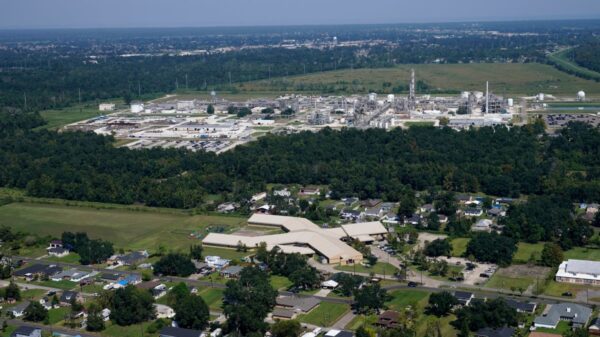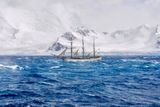The historic ship Endurance may have been doomed before it even set sail for the Antarctic, according to new research. A study led by polar explorer and scientist Jukka Tuhkuri indicates that structural flaws in the ship’s design contributed significantly to its sinking in the harsh conditions of the Weddell Sea in 1915. Published in the journal Polar Record, Tuhkuri’s findings challenge long-held perceptions of the ship’s strength and resilience.
The Endurance embarked on its fateful journey in January 1914, aiming to achieve the first crossing of the Antarctic continent. Unfortunately, the vessel became trapped in pack ice after a rudder failure, leading to its eventual sinking. The wreck remained hidden beneath nearly 10,000 feet of ice until its discovery in 2022, when it was found remarkably preserved, now designated as a protected historic site.
Examining the Structural Integrity
Tuhkuri, a professor of solid mechanics at Aalto University in Finland and a member of the team that discovered the wreck, conducted a thorough investigation. He analyzed expedition diaries, correspondence from Sir Ernest Shackleton, and naval architectural assessments to reveal critical insights into the ship’s construction. His research suggests that the Endurance was inherently unfit for the extreme polar conditions it faced.
“In simple structural analysis, it is clear that the ship was not designed to withstand the compressive forces of pack ice,” Tuhkuri stated. He discovered that compared to other vessels of the era, the Endurance exhibited several structural deficiencies, including weaker deck beams and a longer machine compartment that compromised the hull’s integrity. Tuhkuri emphasized that these weaknesses undermine the narrative that the ship was the strongest of its time, noting, “This also challenges the simplistic idea that the rudder was the ship’s Achilles’ heel.”
Despite initial damage to the keel, which runs along the bottom of the hull, the ultimate failure stemmed from the ship’s inability to endure the intense pressure of Antarctic ice.
Shackleton’s Awareness of Limitations
Tuhkuri’s research raises questions about Shackleton’s decision to choose a vessel that was not adequately reinforced for the polar expedition. He noted that the dangers posed by moving ice were recognized prior to the voyage. “It prompts us to consider why Shackleton opted for a vessel lacking the necessary structural fortifications,” he remarked.
In his correspondence, Shackleton expressed dissatisfaction with the ship’s limitations and even preferred a vessel from earlier expeditions. He suggested improvements, such as the addition of diagonal beams for another polar ship he encountered. That vessel ultimately survived similar icy conditions, highlighting a critical oversight.
While Tuhkuri’s findings do not definitively answer why Shackleton made his choices, they provide a clearer understanding of the circumstances surrounding the Endurance‘s fate. “We can speculate about financial pressures or time constraints, but the truth is, we may never know why Shackleton made the choices that he made,” Tuhkuri concluded.
The legacy of the Endurance continues to resonate, not only for its tragic end but also for the remarkable survival of its crew under Shackleton’s leadership. Their experience remains a defining chapter in the history of Antarctic exploration, illustrating the resilience of the human spirit against overwhelming odds.







































































